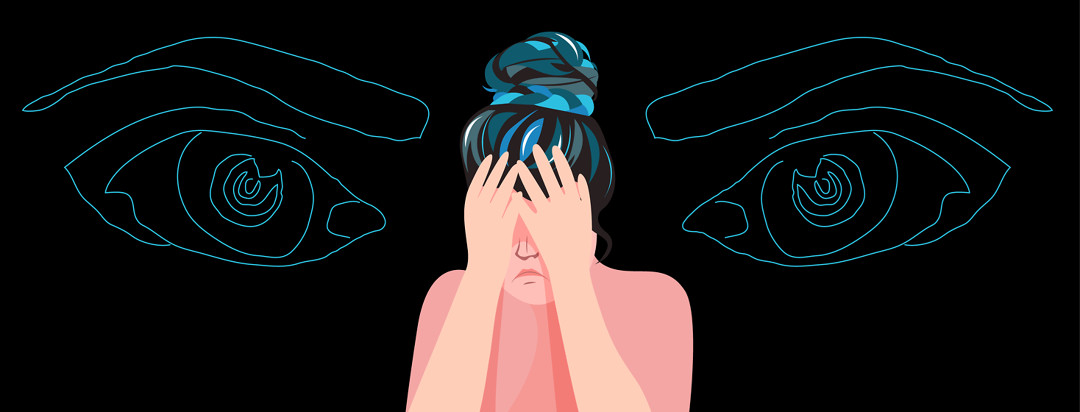Endometriosis and Adult Acne: How I Deal with It
Currently, as a woman in my thirties, the state of my skin can only be described as a battleground. As a teenager I never had bad skin. In fact, it was only in my late 20s that I developed acne. The type of breakouts I suffer occur mostly around my chin. This appears to indicate that they're hormonal1, and as such, possibly linked to my endometriosis. It also means that no matter how much I clean my face, I am prone to suffer from lumpy skin, and will sometimes get cystic spots that are super painful.
Having bad skin is not something I am OK with. When I worked full-time, there was a man - an actual adult, I cannot stress this enough - who enjoyed making jokes about my acne. I’ve had strangers "worryingly" comment on it and so-called-friends point at it and ask "Why?". There is always someone who believes I am not doing my absolute best at controlling it, listing the countless things I am doing wrong. Somehow, "it’s my fault".
If you saw my bathroom, you’d probably assume I compulsively collect cosmetic products. As an adult acne sufferer, I’ve spent countless hours and money fighting an issue that has been recurrent over the years. No one gets up one morning and chooses to have bad skin. It just happens. And when you’ve suffered from it for years, you have probably tried everything there is to it.
This is what I’ve learned:
The key could be in your hormonal treatments
I recently took a progesterone-based pill for three months, and it gave me one of the worst spells of acne in recent years. Break outs are a common side-effect of this pill, and, paired with some uncontrollable bleeding, was reason enough for my doctor to take me off it. Some forms of birth control, such as medroxyprogesterone (which include the progesterone based Provera and Depo-Provera) are considered to worsen acne 2, while others (such as the vaginal ring) tend to improve it.3
Diet can play an important role
While there are contradictory reports on whether dairy is good for your skin, it's probably a good idea to avoid it for a while, and observe how your skin reacts. Other acne-fueling foods are fatty foods, fried foods, and sugar. In my experience, reducing those foods has helped.
A good routine can help enormously
I use the hot cloth method to cleanse my pores deeply, teaming it with a cleanser with at least 2% salicylic acid. I moisturize with products that have no shea butter, and three times a week I use a chemical exfoliant, such as a glycolic acid toner or mask. This helps with scarring and keeps break-outs to a minimum.
If anything fails, good make-up will go a long way. For years, I used mineral-based foundation and that helped - in the sense that it didn't make the issue worse. I recently changed to a full coverage foundation, which is great when dealing with breakouts that you just want to conceal. As long as I remove all my make-up as soon as I am home, my pores don’t seem to get blocked and no break outs occur. If you don’t enjoy heavy foundation, sometimes applying some concealer over problematic areas works quite well.
I hate having bad skin. It affects my confidence and makes me feel quite low sometimes. However, having lived with it for years, I also now that it's temporary. Some days my skin looks great, others, I feel like wearing a huge scarf to cover it all. Yet, it does not define me, and I am pretty sure I did nothing wrong to deserve it. Just like my endometriosis, it just is.

Join the conversation